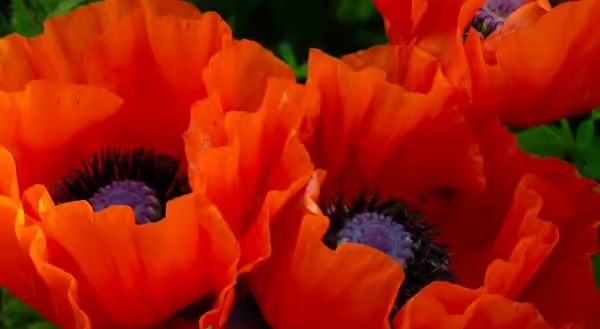
If you have a vigorous perennial that has been in the garden bed for more than a few years, or it is starting to choke out some other plants and no longer looking healthy, then it may be time to divide.
Plants that need to be divided cannot support healthy foliage and flowers. Some perennials like to be divided yearly (chrysanthemum); some can go three to five years without division; some can go much longer. Some do not require division at all, like butterfly weed with the taproot, or baby’s breath.
Spring is the ideal time to divide most perennials, with fall being the next best choice. Gardeners may want to focus on dividing their spring and summer perennials and leave the fall bloomers for next spring.
Examples of perennials that should be divided in fall are asiatic lily, oriental poppy, peony and iris. Examples of perennials that should not be divided in fall are ornamental grasses. Iris should be divided in August. They are best when replanted in groups of three. Fall divisions are best between September and October so the roots have enough time to establish before winter.
- Make sure the ground is moist to make digging easier and cause less stress on the plant.
- Use spade to dig at least 7 inches deep to get most of the root ball.
- Dig out entire clump; discard weak or dead plants; separate the clump into three to five pieces with a sharp knife or spade edge. It is best to leave three to five growing points in every clump. If separating peony, they need at least three eyes to ensure flowering the next season.
- Plant one clump back into existing spot. Plant other clumps elsewhere. You may want to add a bit of organic matter to the planting hole, which should be twice as wide as clump.
- Trim the foliage to 6 inches from the ground to reduce transpiration and transplant shock.
- Mulch.
Other perennials that can be divided in the fall include yarrow, monkshood, lady’s mantle, European ginger, wild ginger, aster, astilbe, bee balm, geranium, daylily, phlox, hosta, coneflower, lambs ear, coreopsis, false rock cress, basket of gold, bellflower, perennial bachelor’s button, veronica and coral bells.